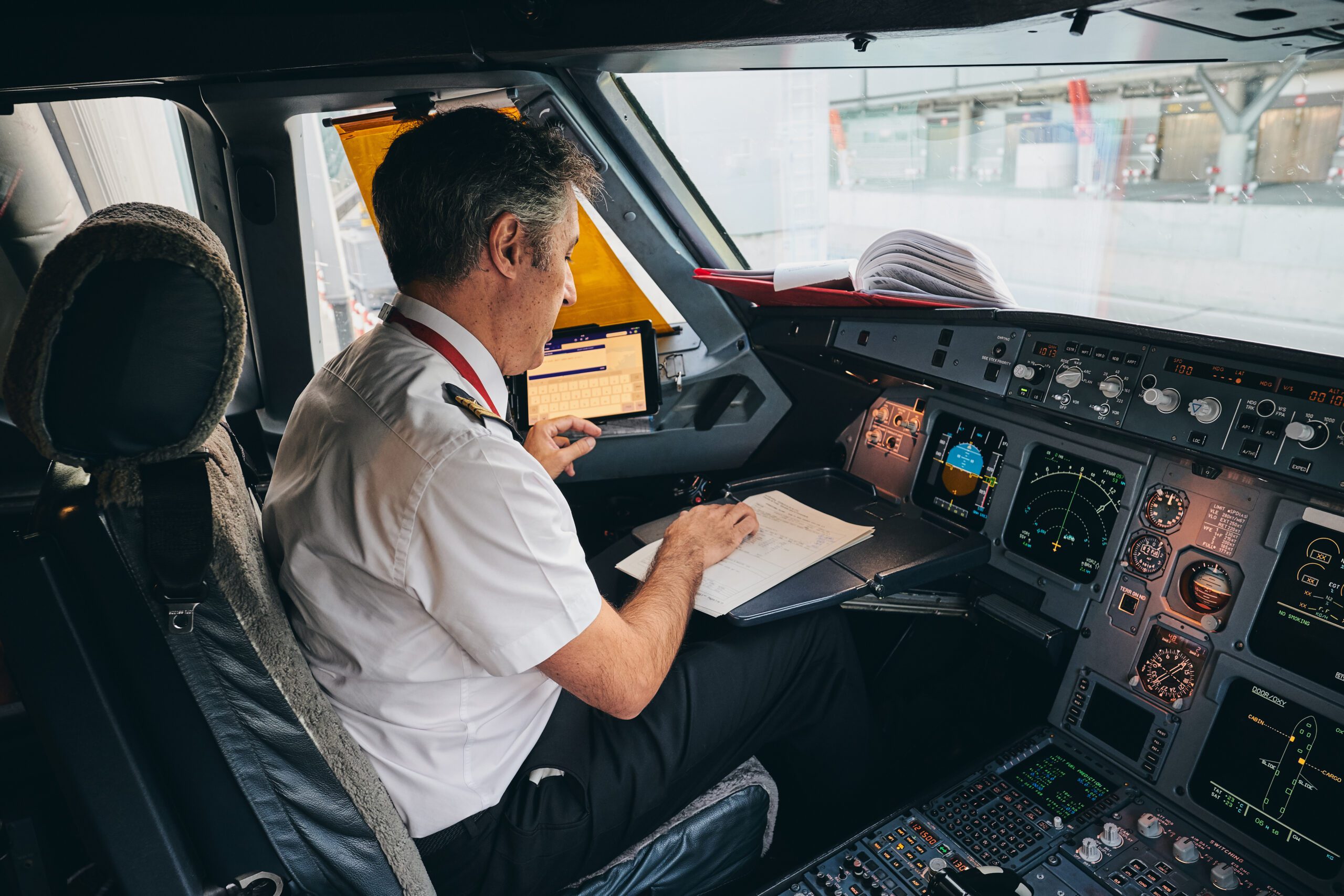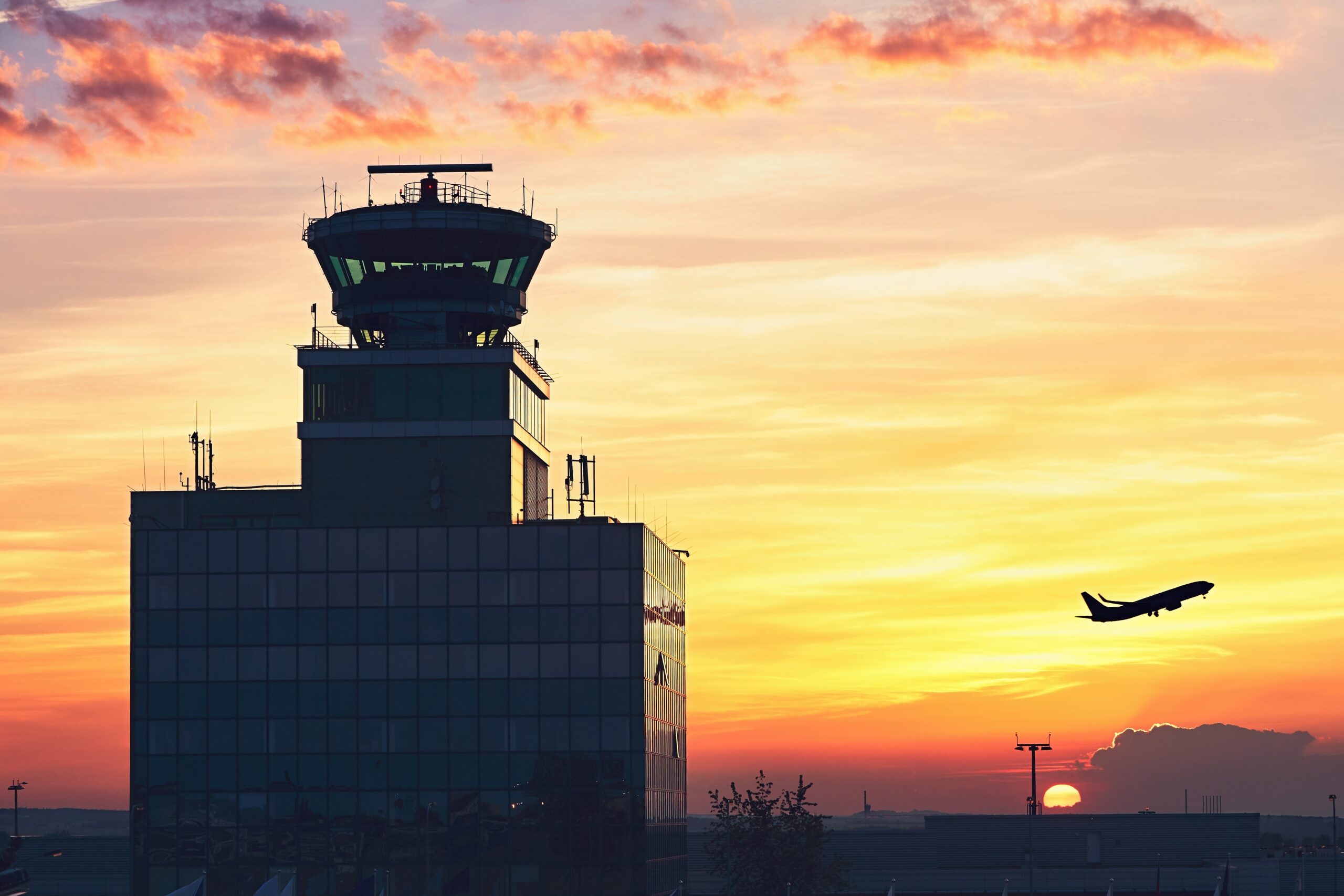Weather intelligence for the future: Crafting a strategic enterprise approach to changing environmental conditions
Continue reading- Aviation supply chain challenges are intensifying amid escalating tariffs and changing weather conditions.
- Weather intelligence plays a pivotal role in helping airlines mitigate maintenance delays and operational disruptions.
- The impact of weather on aviation extends beyond turbulence to component wear, inspections, and downtime.
- Accurate aviation weather information is essential for proactive route planning, resource allocation, and resilience building.
The aviation industry is bracing for a potential storm of escalating tariffs, and while increased costs are a concern, the real turbulence may lie elsewhere. According to Ravi Vanmali, VP of Aviation at The Weather Company, one of the most significant aviation supply chain challenges will likely be the growing fragility of the global aircraft parts network. As Ravi explains, “From our perspective, the most significant impact is in the intricate global supply chain of aircraft parts.”
Adding to these concerns is the possibility of retaliatory tariffs impacting the movement of aircraft themselves. The potential for the return of aircraft introduces significant uncertainty in airline fleet management and expansion. Ravi points out, “These uncertainties in aircraft movement only amplify the existing concerns around access to critical spare parts due to tariffs.”
of executives say weather significantly impacts supply chains, risk management, and customer interactions1
The weather wildcard: Amplifying maintenance challenges in a tariff climate
This disruption in the parts supply chain takes on a new level of significance when coupled with the growing impact of weather on aviation due to more intense weather patterns. Consider this:
Severe weather and increased wear and tear: Severe weather, turbulence, and dust can accelerate wear and tear leading to increased maintenance. If replacement parts are delayed or unavailable due to tariffs and supply chain disruptions, the consequences can be significant.
Hard landings and mandatory inspections: Hard landings, which can be triggered by challenging weather conditions, require mandatory inspections and potential repairs. When access to parts is constrained, grounding an aircraft for extended periods becomes a far greater operational and financial risk.
Airlines at a crossroads: Integrating weather into strategic planning
According to Ravi, potential tariff impacts and erratic weather conditions will drive a significant shift in airline operations. “From what we’re seeing,” Vanmali notes, “operations teams will need to increasingly integrate detailed weather outlooks into the planning phase of flight operations.” He emphasizes that “this proactive consideration of weather risks will allow airlines to make more informed decisions about scheduling and routing,” ultimately bolstering their resilience in a challenging environment.
The importance of accurate weather intelligence
In this evolving landscape, the need for the most accurate and reliable weather information becomes paramount. This is where aviation solutions from The Weather Company, the world’s most accurate forecaster,2 can play an even more critical role in operational resilience. Our recent research confirms the vital role of weather intelligence in airline operations. In fact, 100% of airline executives surveyed affirm its value to their business.3 They specifically cite using it for:
- Informing route planning
- Planning supply and fuel levels according to anticipated weather conditions
- Supporting disaster preparedness and response planning
- Enhancing customer engagement through personalized weather-related communications during travel disruptions
of travel executives report that weather has impacted revenue and operating costs by over 50% in the past year4
Meeting critical needs of modern airlines
This reliance on weather intelligence, already crucial, becomes even more pronounced in an era of tariff-related supply chain vulnerabilities. Airlines are seeking solutions that:
- Aggregate multiple data points into a single operational tool for use pre-flight and en route.
- Include a comprehensive range of aviation weather information, including wind, turbulence, visibility, icing, lightning, convection, precipitation, volcanic ash, jet stream shifts, NOTAMs, and Airspace Restrictions.
- Accurately predict weather patterns ahead of flight times.
- Offer filtering by weather type and precise location, with real-time updates.
The Weather Company’s aviation solutions can help meet these critical needs and navigate both weather and tariff-related challenges, including:
- Reliable and actionable weather insights: High-resolution forecasts offer the accuracy needed to help make informed decisions about routing and scheduling. These insights help to enhance flight safety and operational efficiency while minimizing the likelihood of encountering severe weather that could result in increased maintenance and costs.
- Long-range outlooks for strategic planning: Integrating longer-term weather outlooks into the planning phase allows airlines to proactively identify potential periods of heightened weather risk and adjust schedules accordingly. This helps improve overall safety and mitigates the chances of preventable repairs.
- Real-time alerts and monitoring: Our timely weather alerts enable quick flight and operational adjustments to reduce disruptions while maintaining safety.
- Historical weather data for risk assessment: Weather and maintenance data analysis helps identify high-risk routes and seasons, improving safety and fleet deployment.
Building resilience in a tariff-sensitive environment
Airlines need a new level of operational agility and foresight to handle tariffs, supply chain uncertainties, and weather risks. Advanced weather intelligence helps reduce repairs, ease maintenance amid parts shortages, and build operational resilience.
of executives plan to increase or maintain their use of weather intelligence in the coming years5
The Weather Company is here to provide the actionable weather insights you’ll need to navigate this new era. Together, we can help your business thrive in the face of evolving global challenges.
Let's talk
To learn more about our advanced aviation weather solutions, contact our aviation experts today.
Contact us1 3-5 Weather Means Business report, October 2024, Magid for The Weather Company
2 ForecastWatch, Global and Regional Weather Forecast Accuracy Overview, 2021-2024, commissioned by The Weather Company







